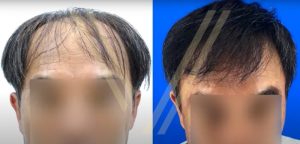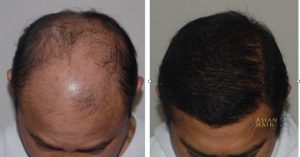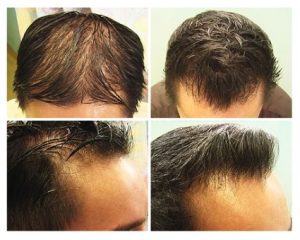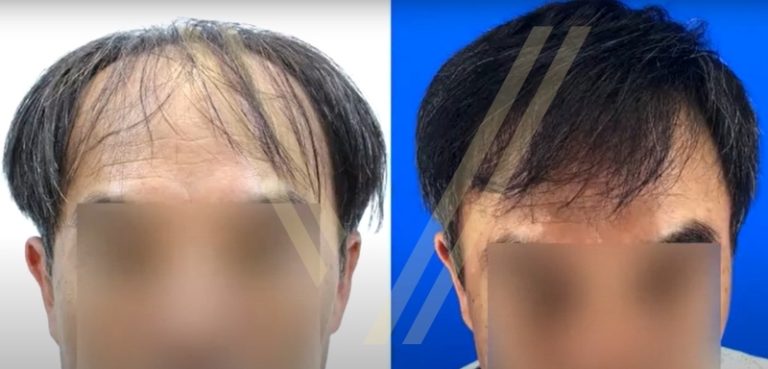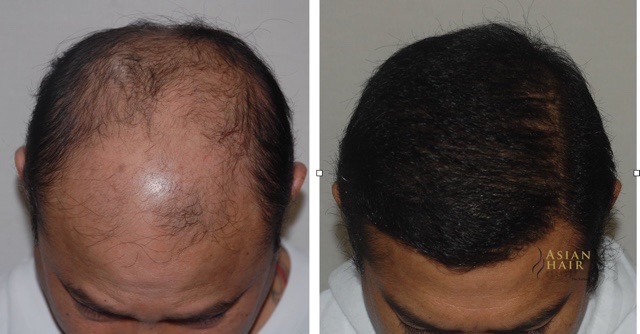
Hair restoration videos on YouTube can vary widely in terms of their authenticity and accuracy. While some videos may provide genuine insights into the hair transplant process and results, others may be misleading or even fabricated. It’s important for viewers to approach these videos with a critical eye and consider the following factors when evaluating their authenticity:
1. **Source and Credentials**: Videos posted by reputable clinics or medical professionals with expertise in hair transplantation are more likely to be genuine. Look for information about the clinic’s credentials, the surgeon’s qualifications, and their experience in performing hair transplant procedures.
2. **Before-and-After Footage**: Genuine hair transplant videos often include before-and-after footage of actual patients. Look for consistent lighting, angles, and hair length in these images to ensure they are not digitally altered. Pay attention to the overall quality of the images, as blurry or low-resolution photos may be a red flag.
3. **Patient Testimonials**: Authentic videos may feature testimonials from patients who have undergone the procedure. Look for details about the patient’s experience, including their reasons for choosing the procedure, the results they achieved, and any challenges they faced during the recovery process.
4. **Educational Content**: Some clinics and medical professionals use YouTube as a platform to educate viewers about hair loss, hair transplant procedures, and related topics. These videos may provide valuable insights into the process and help viewers make informed decisions about their own hair loss treatment options.
5. **Transparency**: Authentic videos are transparent about the risks, limitations, and potential outcomes of hair transplant procedures. They should also provide information about the consultation process, pre-operative care, and post-operative recovery to give viewers a realistic view of what to expect.
6. **Third-Party Verification**: Some videos may include third-party verification, such as endorsements from other medical professionals or organizations, to enhance their credibility. Look for references to professional associations or accreditation bodies that regulate hair transplant clinics.
7. **Comparison with Other Sources**: Compare the information and images presented in the video with other reputable sources, such as medical journals, professional organizations, and educational websites. This can help verify the accuracy of the information presented in the video.
While many hair transplant videos on YouTube are genuine and provide valuable information, viewers should be cautious of videos that appear overly promotional or lack transparency. It’s always a good idea to consult with a qualified healthcare professional or dermatologist specializing in hair loss before making any decisions about hair transplant procedures.






